Urban Heat Island
With the increased urbanization and global warming, overheating of buildings and structures are becoming more and more serious. Climate change precipitates higher ambient temperatures in urban vs those in the rural and suburban areas. A higher mortality rate among the population is strongly correlated with higher temperatures and the hotter the environment is, the more electricity would be used and consumed by buildings and industrial sectors. Equipment and machinery parts don’t last as long as in previous times when the temperatures are more stable. We are in the midst of a global warming crisis which would intensify in the years to come unless drastic measures are taken to cut down carbon emissions. Fossil fuels account for 85% of the greenhouse gas emissions and almost 98% of carbon dioxide pollution.
An urban heat island is defined as an area where the population is experiencing higher temperatures as compared to those in the surrounding rural areas that are less urbanized. This is due to the fact that infrastructures like road pavements, buildings and industrial factories absorb more heat from the sun and re-radiate them and when closely packed together in an area that is densely populated, it increases the temperature. Difference would be higher at night as compared to day time and it is more apparent when the wind speed is low to non-existent.
In highly urbanized areas where there are a lot of people in small clustered environment coupled with cars and buildings closely spaced together. This in turn creates a lot of trapped heat in the lower level. The normal cycle is for hot air to move upwards but with the dense population, the lack of open spacing, and the absence of trees and bodies of water to absorb the heat, the result of all these is that the heat lingers in and in between building structures, penetrates homes and causes a lot of stress, discomfort and health risk to the vulnerable population.
To resolve the issues brought in by UHI is to firstly re-allocate and re-develop surrounding urban and suburban areas with more spacing and greeneries, in order to attract a segment of the population who might consider moving their residences to areas that are less populated. Another is the use of reflective coatings in pavements and roofing. Green roof with vegetation is another key solution by allowing the plants to absorb the heat. Cool roof with bright white paint or specialized heat rejecting coating would reflect more sunlight thus lessening the urban heat island phenomenon.
Our business is about solving your problems with heat. We deliver solutions. We help your business grow, thrive and be the best in the field. One of the benefits of choosing us is that we offer a lot of customized solutions to choose from. We can help you find the best solution that would fit your specific needs and budget. We help deliver the results that would elevate your business. We are always learning, improving and growing to serve your evolving needs better so we can help you and your business flourish during these challenging times.

